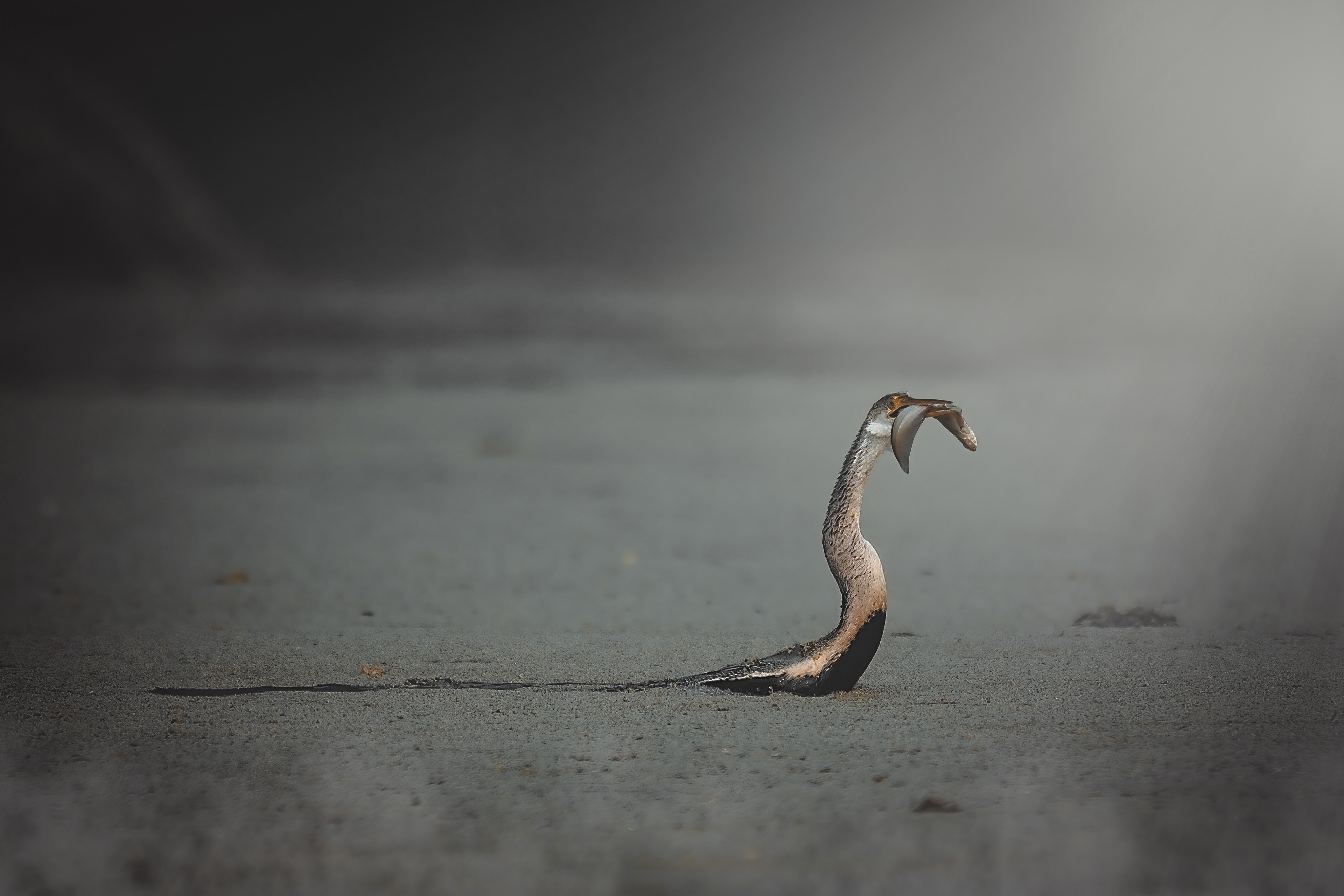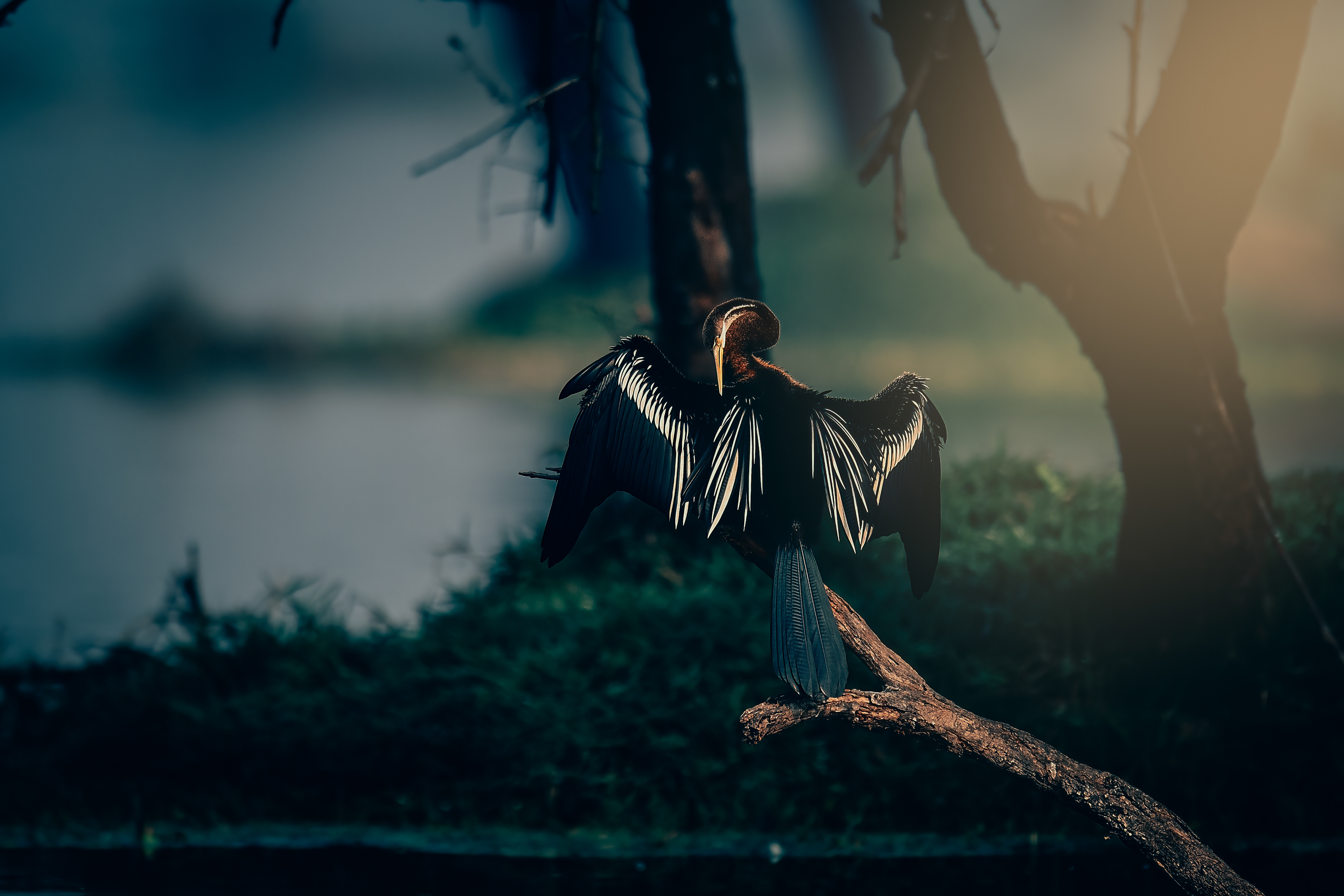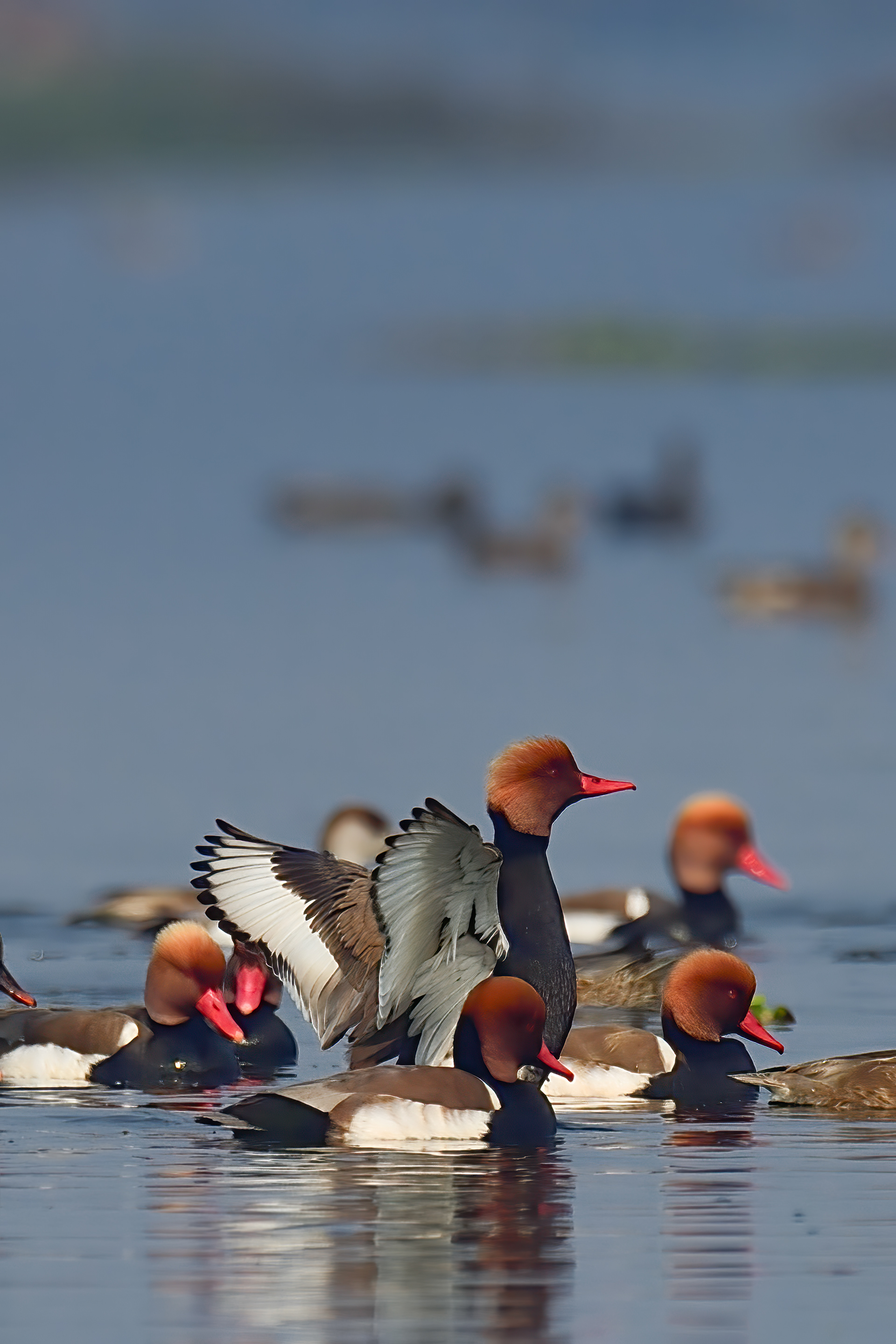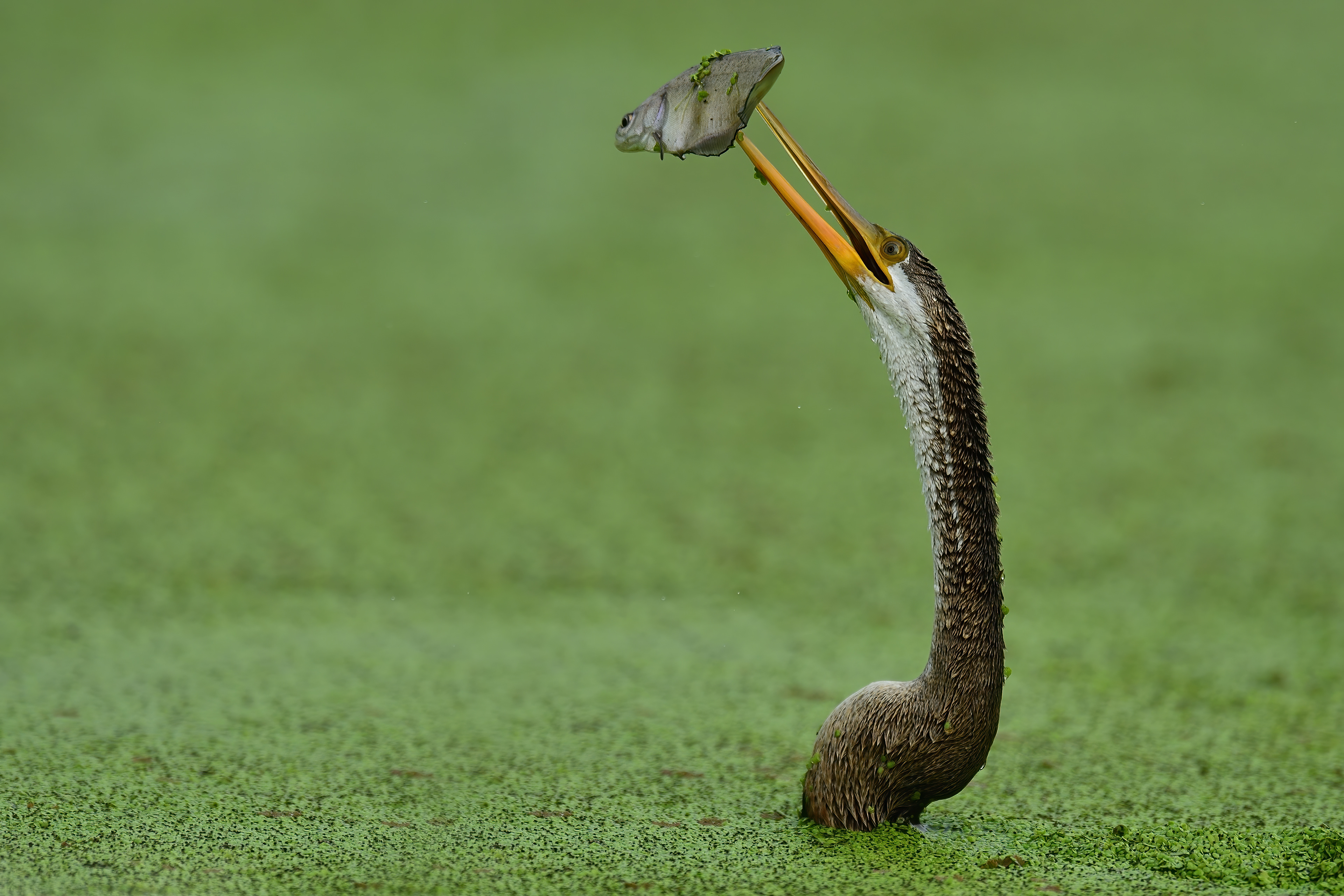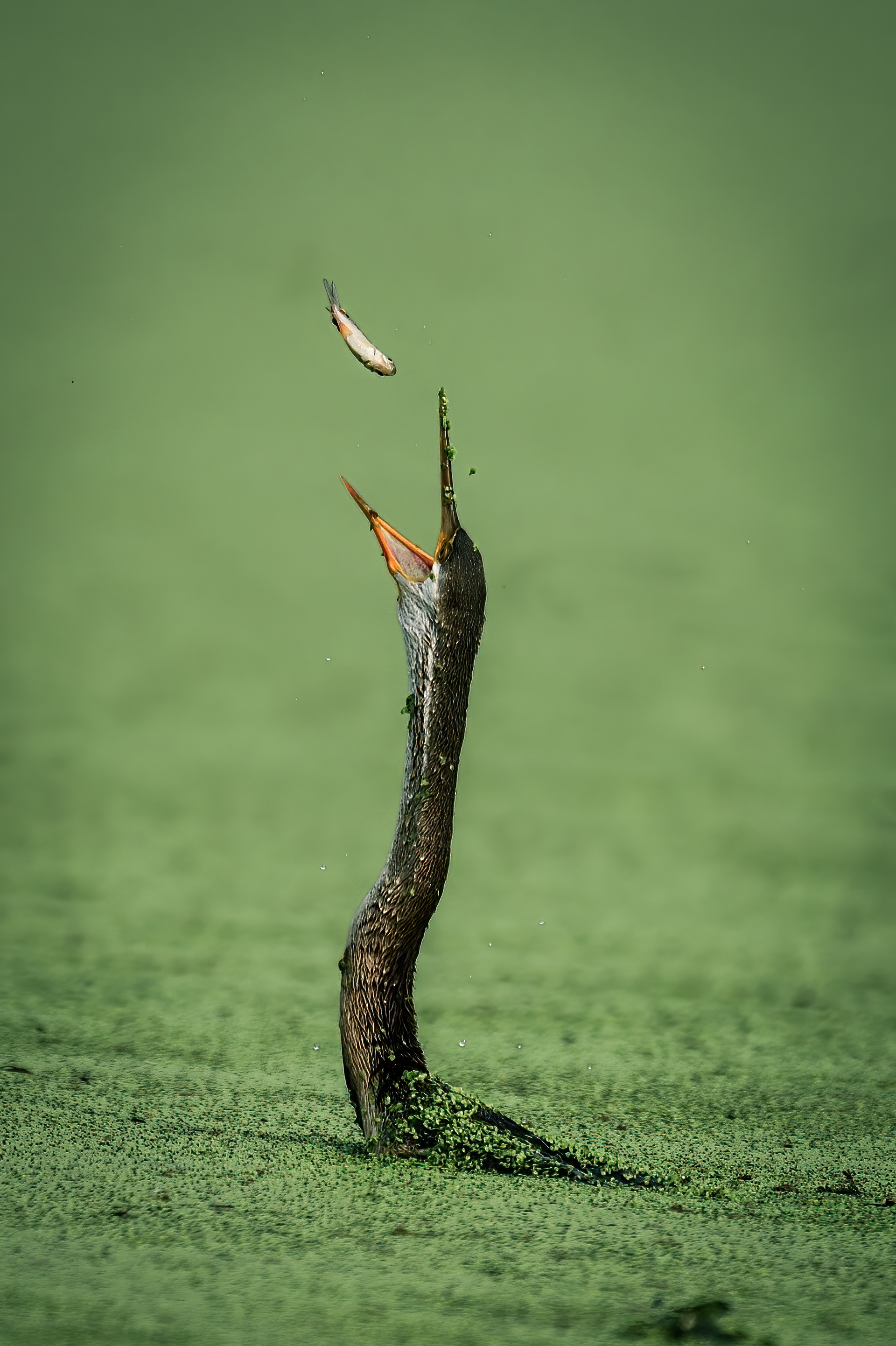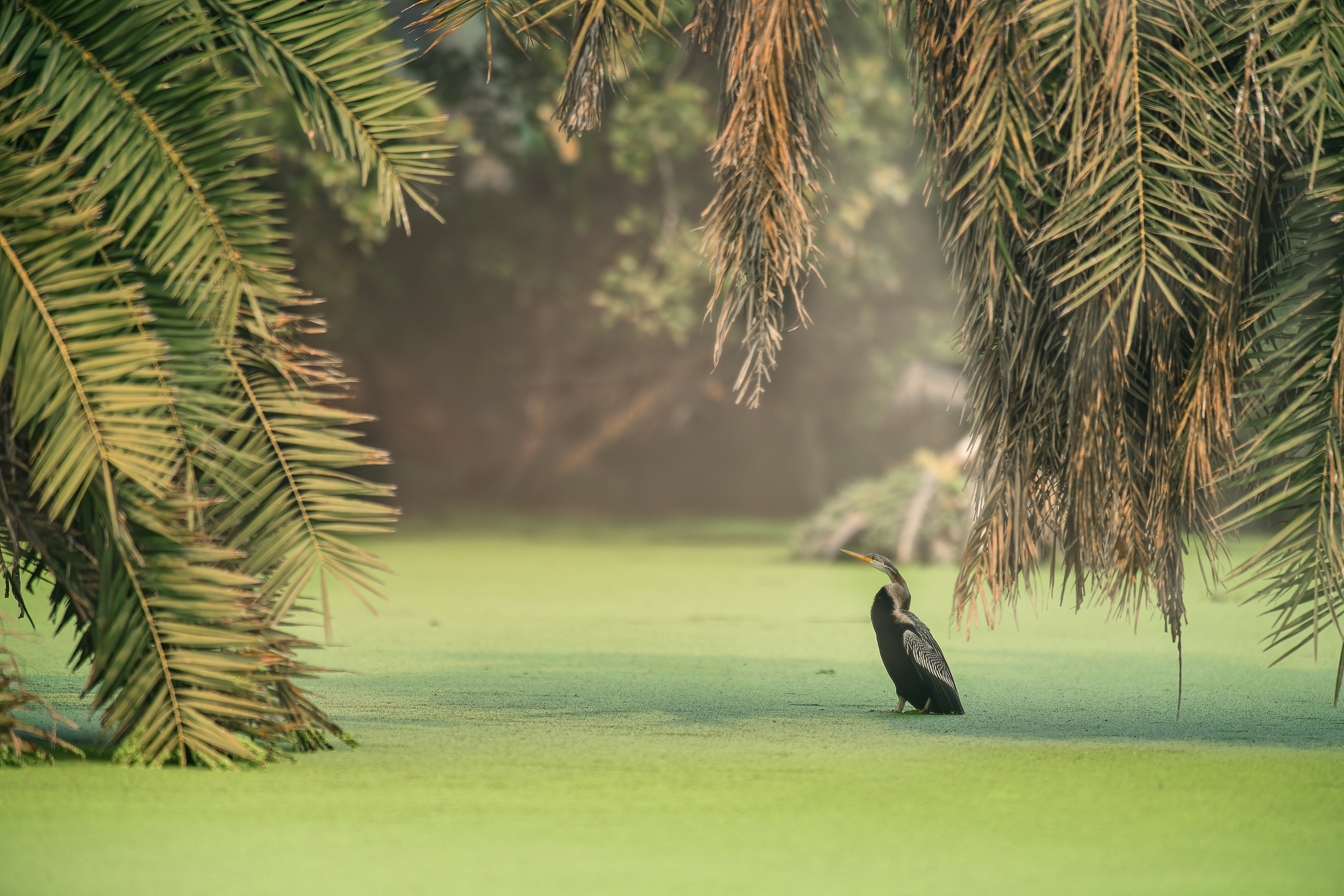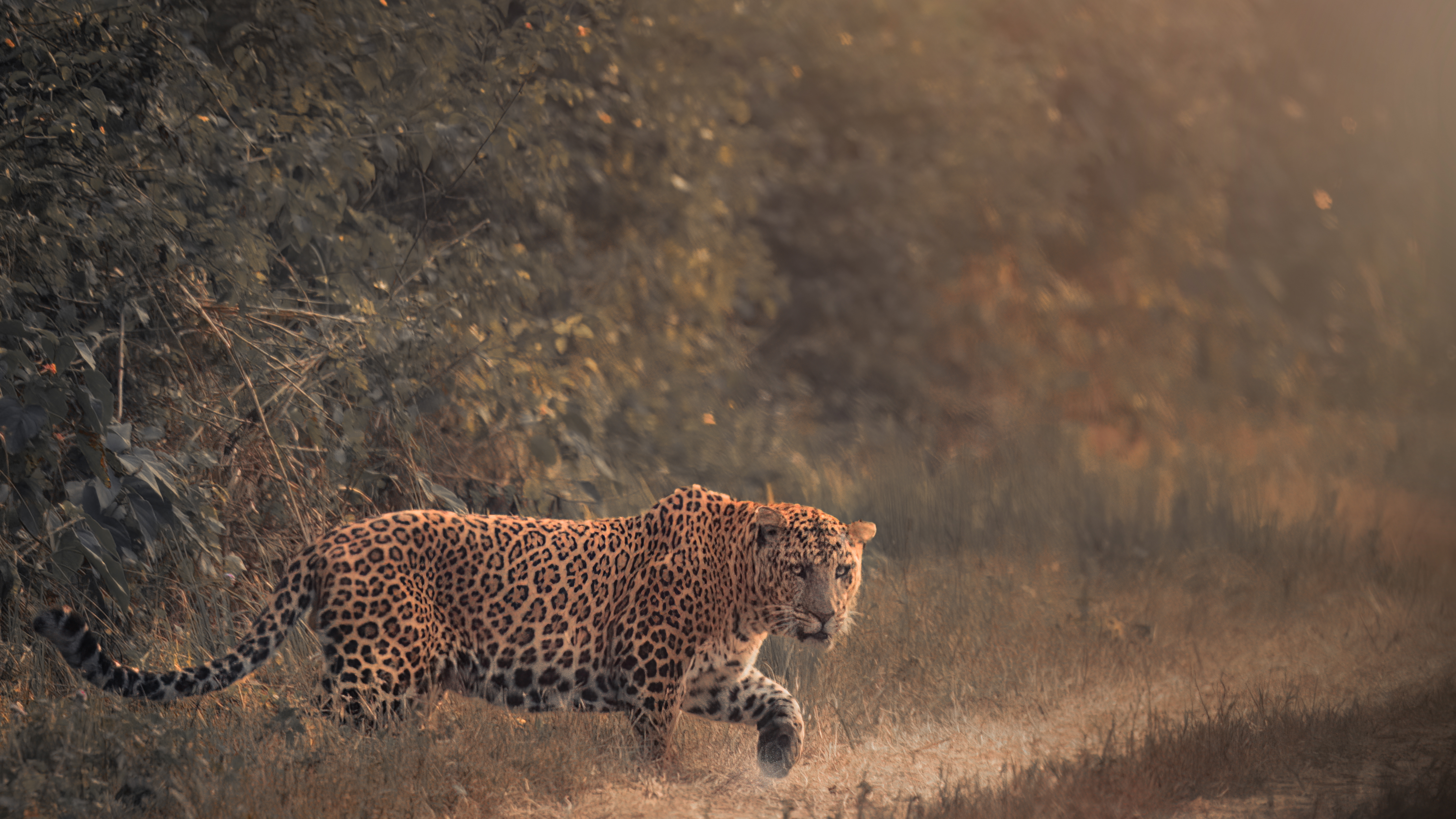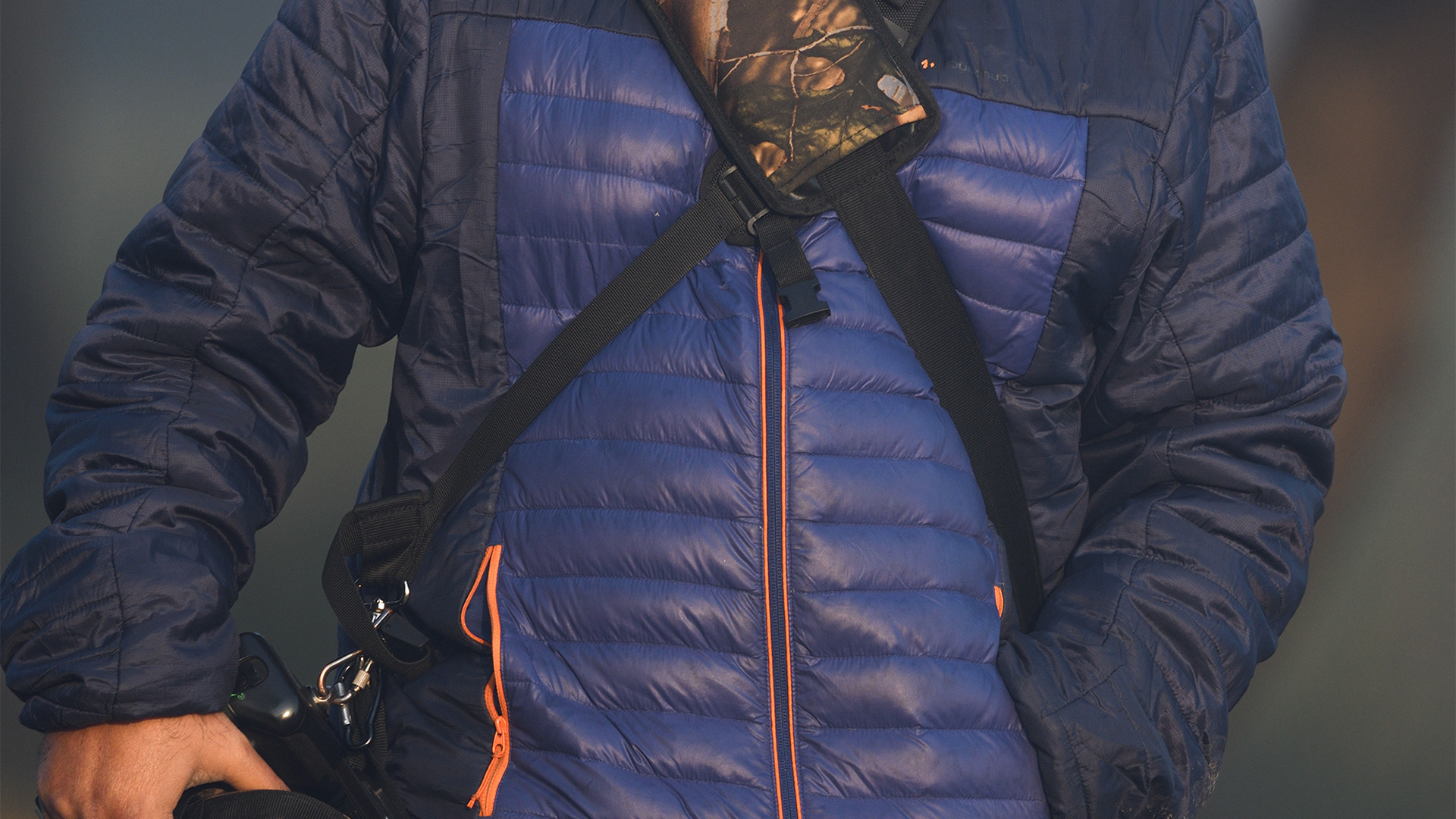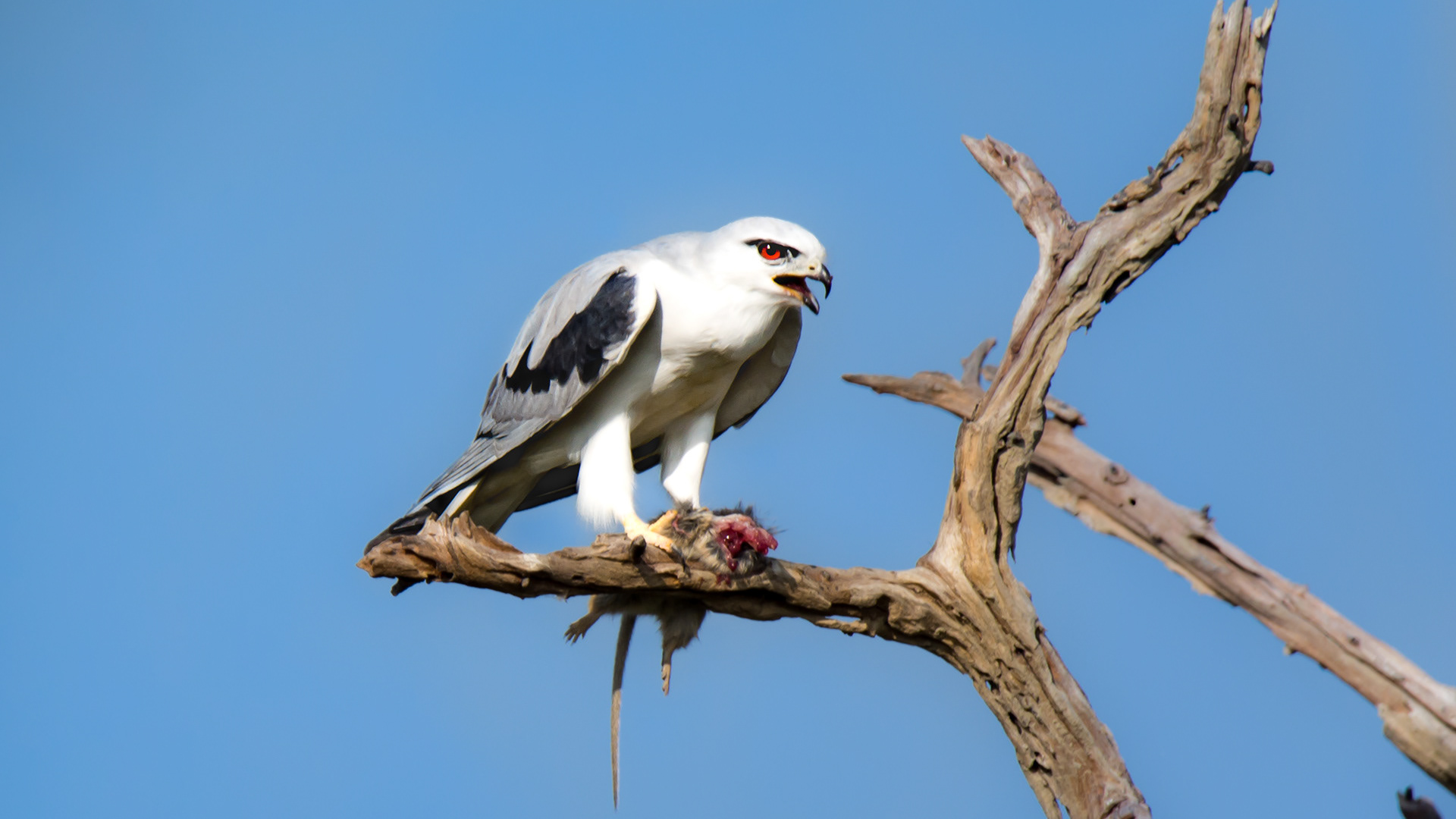Nikon 400mm f/2.8E FL ED VR II with Teleconverters: A Detailed Comparison for Bird Photographers
When it comes to bird photography, reach is everything. Whether you’re capturing a tiny warbler hidden in the foliage or a majestic eagle soaring across the sky, having the right focal length can make or break your shot. The **Nikon 400mm f/2.8E FL ED VR II** is a legendary super-telephoto lens, renowned for its exceptional sharpness, fast autofocus, and robust build. But even 400mm isn’t always enough for those distant or skittish birds. That’s where teleconverters come in.
Teleconverters are a cost-effective way to extend the reach of your lens, but they come with trade-offs. In this comparison, we’ll explore how the "1.4x TC-14E III", "1.7x TC-17E II", and "2x TC-20E III" perform with the Nikon 400mm f/2.8, focusing on their optical performance, autofocus capabilities, and usability for bird photography. Whether you’re a seasoned wildlife photographer or just starting out, this guide will help you decide which teleconverter is the best fit for your needs.
Why This Comparison Matters
Bird photography is one of the most demanding genres of photography. It requires not only patience and skill but also gear that can keep up with fast-moving subjects and challenging lighting conditions. The Nikon 400mm f/2.8 is already a powerhouse, but pairing it with a teleconverter can unlock new possibilities—or introduce new challenges.
Bird photography is one of the most demanding genres of photography. It requires not only patience and skill but also gear that can keep up with fast-moving subjects and challenging lighting conditions. The Nikon 400mm f/2.8 is already a powerhouse, but pairing it with a teleconverter can unlock new possibilities—or introduce new challenges.
This comparison is designed to help you understand the strengths and limitations of each teleconverter combination. By the end, you’ll know which setup is best for your shooting style, whether you’re chasing birds in flight, capturing perched subjects, or working in low-light environments.
Technical Specifications
Before diving into the performance comparison, let’s break down the technical details of each teleconverter combination:
Before diving into the performance comparison, let’s break down the technical details of each teleconverter combination:
| Teleconverter | Focal Length | Maximum Aperture | **Weight Added** |
|-------------------|----------------|-----------------------|------------------------|
| 1.4x TC-14E III | 560mm | f/4 | 180g |
| 1.7x TC-17E II | 680mm | f/4.8 | 210g |
| 2x TC-20E III | 800mm | f/5.6 | 265g |
|-------------------|----------------|-----------------------|------------------------|
| 1.4x TC-14E III | 560mm | f/4 | 180g |
| 1.7x TC-17E II | 680mm | f/4.8 | 210g |
| 2x TC-20E III | 800mm | f/5.6 | 265g |
Performance Comparison
1. Sharpness and Optical Quality
- 1.4x TC-14E III:
The 1.4x teleconverter has the least impact on sharpness. The 400mm f/2.8 retains its exceptional optical quality, with minimal loss of detail even at f/4. Fine feather textures are rendered crisply, making it ideal for bird photography. Chromatic aberration and vignetting are well-controlled, and stopping down to f/5.6 further enhances sharpness.
- 1.4x TC-14E III:
The 1.4x teleconverter has the least impact on sharpness. The 400mm f/2.8 retains its exceptional optical quality, with minimal loss of detail even at f/4. Fine feather textures are rendered crisply, making it ideal for bird photography. Chromatic aberration and vignetting are well-controlled, and stopping down to f/5.6 further enhances sharpness.
- 1.7x TC-17E II:
The 1.7x teleconverter introduces a slight reduction in sharpness, particularly at f/4.8. Center sharpness remains good, but edge and corner sharpness are more affected. Chromatic aberration is slightly more noticeable than with the 1.4x TC, but it’s still manageable. Stopping down to f/5.6 or f/6.3 improves sharpness, but it doesn’t quite match the 1.4x TC.
The 1.7x teleconverter introduces a slight reduction in sharpness, particularly at f/4.8. Center sharpness remains good, but edge and corner sharpness are more affected. Chromatic aberration is slightly more noticeable than with the 1.4x TC, but it’s still manageable. Stopping down to f/5.6 or f/6.3 improves sharpness, but it doesn’t quite match the 1.4x TC.
- 2x TC-20E III:
The 2x teleconverter has the most significant impact on sharpness. At f/5.6, center sharpness is acceptable, but edge and corner sharpness degrade noticeably. Chromatic aberration and vignetting are more pronounced, especially in high-contrast scenes. Stopping down to f/8 helps, but the overall optical performance is still behind the 1.4x and 1.7x TCs.
The 2x teleconverter has the most significant impact on sharpness. At f/5.6, center sharpness is acceptable, but edge and corner sharpness degrade noticeably. Chromatic aberration and vignetting are more pronounced, especially in high-contrast scenes. Stopping down to f/8 helps, but the overall optical performance is still behind the 1.4x and 1.7x TCs.
2. Autofocus Performance
- 1.4x TC-14E III:
The 1.4x TC maintains excellent autofocus performance. The effective aperture of f/4 ensures that the camera’s AF system has enough light to work with, even in moderate low-light conditions. Birds in flight and fast-moving subjects are tracked with precision.
- 1.4x TC-14E III:
The 1.4x TC maintains excellent autofocus performance. The effective aperture of f/4 ensures that the camera’s AF system has enough light to work with, even in moderate low-light conditions. Birds in flight and fast-moving subjects are tracked with precision.
- 1.7x TC-17E II:
The 1.7x TC slows down autofocus slightly due to the reduced effective aperture of f/4.8. While still capable, it may struggle in low light or with fast-moving subjects. Higher-end Nikon bodies (e.g., D5, D6, Z9) handle this combination better than entry-level cameras.
The 1.7x TC slows down autofocus slightly due to the reduced effective aperture of f/4.8. While still capable, it may struggle in low light or with fast-moving subjects. Higher-end Nikon bodies (e.g., D5, D6, Z9) handle this combination better than entry-level cameras.
- 2x TC-20E III:
The 2x TC has the most significant impact on autofocus. The effective aperture of f/5.6 reduces the amount of light reaching the AF sensors, slowing down focus acquisition and reducing accuracy. In low-light conditions, the AF system may hunt or fail to lock onto subjects.
The 2x TC has the most significant impact on autofocus. The effective aperture of f/5.6 reduces the amount of light reaching the AF sensors, slowing down focus acquisition and reducing accuracy. In low-light conditions, the AF system may hunt or fail to lock onto subjects.
3. Low-Light Performance
- 1.4x TC-14E III:
With a maximum aperture of f/4, the 1.4x TC performs well in low-light conditions. You can use lower ISO settings, resulting in cleaner images with less noise.
- 1.4x TC-14E III:
With a maximum aperture of f/4, the 1.4x TC performs well in low-light conditions. You can use lower ISO settings, resulting in cleaner images with less noise.
- 1.7x TC-17E II:
The 1.7x TC’s maximum aperture of f/4.8 limits low-light performance compared to the 1.4x TC. You may need to increase ISO, which can introduce noise in dim environments.
The 1.7x TC’s maximum aperture of f/4.8 limits low-light performance compared to the 1.4x TC. You may need to increase ISO, which can introduce noise in dim environments.
- 2x TC-20E III:
The 2x TC’s maximum aperture of f/5.6 further limits low-light performance. This combination is best used in good lighting conditions or with a tripod to stabilize longer exposures.
The 2x TC’s maximum aperture of f/5.6 further limits low-light performance. This combination is best used in good lighting conditions or with a tripod to stabilize longer exposures.
4. Handling and Usability
- 1.4x TC-14E III:
The 1.4x TC is the most versatile and easiest to handle. The combination is relatively lightweight and balanced, making it suitable for handheld shooting. It’s ideal for birds in flight and general bird photography.
- 1.4x TC-14E III:
The 1.4x TC is the most versatile and easiest to handle. The combination is relatively lightweight and balanced, making it suitable for handheld shooting. It’s ideal for birds in flight and general bird photography.
- 1.7x TC-17E II:
The 1.7x TC adds a bit more bulk and weight, making it slightly more challenging to handhold. A monopod or tripod is recommended for extended use. It’s a good compromise for situations where you need more reach than the 1.4x TC but don’t want the drawbacks of the 2x TC.
The 1.7x TC adds a bit more bulk and weight, making it slightly more challenging to handhold. A monopod or tripod is recommended for extended use. It’s a good compromise for situations where you need more reach than the 1.4x TC but don’t want the drawbacks of the 2x TC.
- 2x TC-20E III:
The 2x TC is the most challenging to handle due to the longer focal length and added weight. A sturdy tripod or gimbal head is highly recommended. This combination is best reserved for situations where maximum reach is critical.
The 2x TC is the most challenging to handle due to the longer focal length and added weight. A sturdy tripod or gimbal head is highly recommended. This combination is best reserved for situations where maximum reach is critical.
Which Teleconverter is Right for You?
- Choose the 1.4x TC-14E III if:
You prioritize sharpness, fast autofocus, and low-light performance. It’s the best all-around choice for bird photography, especially for birds in flight and general use.
- Choose the 1.4x TC-14E III if:
You prioritize sharpness, fast autofocus, and low-light performance. It’s the best all-around choice for bird photography, especially for birds in flight and general use.
- Choose the 1.7x TC-17E II if:
You need more reach than the 1.4x TC but still want decent sharpness and autofocus performance. It’s a good middle ground for perched birds or situations where extra reach is helpful.
You need more reach than the 1.4x TC but still want decent sharpness and autofocus performance. It’s a good middle ground for perched birds or situations where extra reach is helpful.
- Choose the 2x TC-20E III if:
You need maximum reach and are willing to accept the trade-offs in sharpness, autofocus, and low-light performance. It’s best used in good lighting conditions and with stable support.
You need maximum reach and are willing to accept the trade-offs in sharpness, autofocus, and low-light performance. It’s best used in good lighting conditions and with stable support.
Final Thoughts
The Nikon 400mm f/2.8E FL ED VR II is a phenomenal lens, and pairing it with a teleconverter can unlock new creative possibilities. However, each teleconverter comes with its own set of trade-offs. The 1.4x TC is the most versatile and user-friendly, while the 1.7x TC offers a good balance between reach and performance. The 2x TC is best reserved for situations where extra reach is absolutely necessary.
The Nikon 400mm f/2.8E FL ED VR II is a phenomenal lens, and pairing it with a teleconverter can unlock new creative possibilities. However, each teleconverter comes with its own set of trade-offs. The 1.4x TC is the most versatile and user-friendly, while the 1.7x TC offers a good balance between reach and performance. The 2x TC is best reserved for situations where extra reach is absolutely necessary.
Ultimately, the best choice depends on your specific needs and shooting conditions. If you frequently shoot in low light or need fast autofocus for birds in flight, the 1.4x TC is the clear winner. If reach is your top priority and you can work within the limitations, the 2x TC might be worth considering. For a balanced approach, the 1.7x TC is an excellent compromise.
For Me, WINNER IS TC 1.4x
No matter which teleconverter you choose, the Nikon 400mm f/2.8 will continue to deliver stunning images that capture the beauty and drama of the avian world. Happy shooting!
Images with Nikon 400mm f2.8+TC 1.4x

